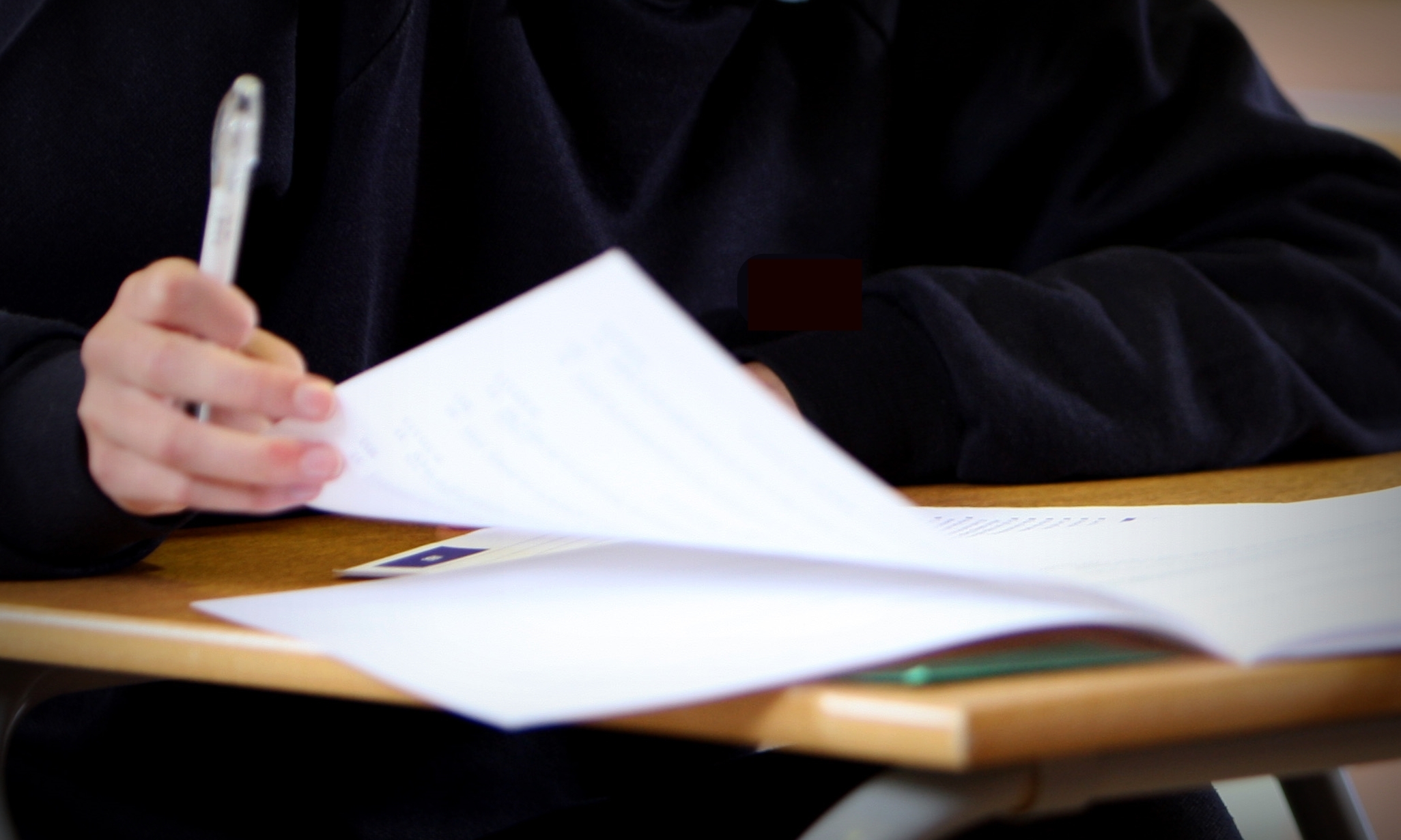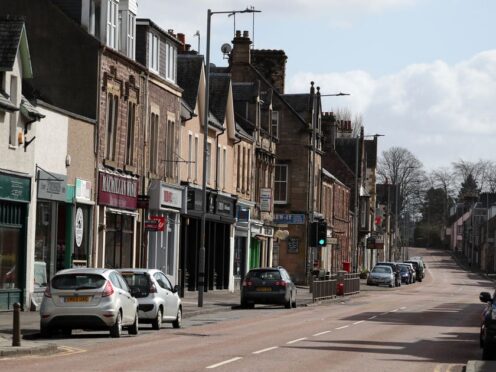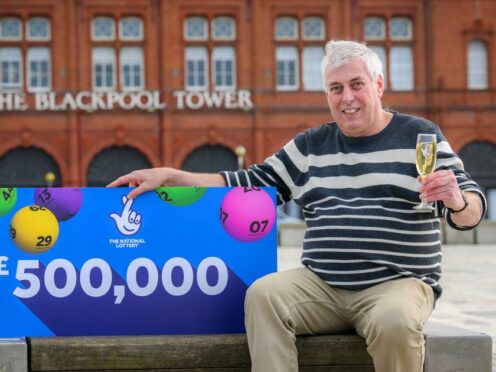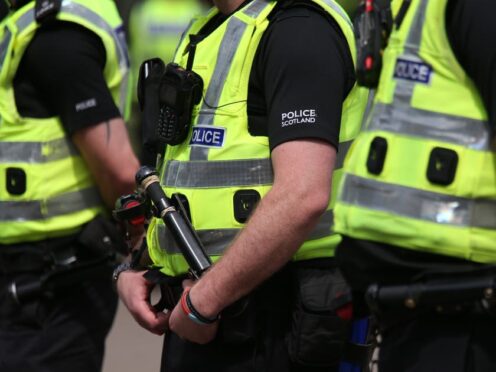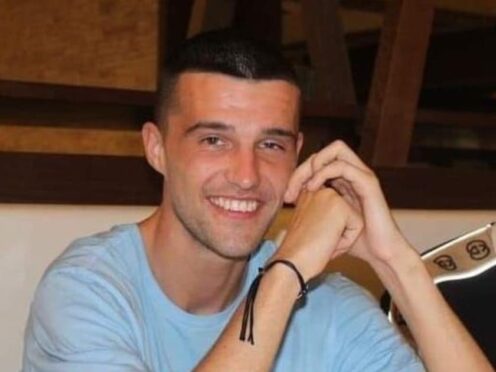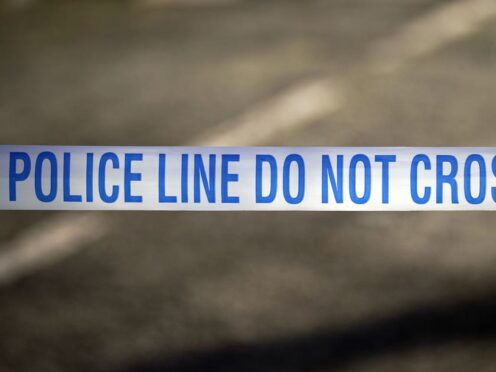Primary school pupils will not be required to sit hour-long tests under plans for standardised national assessments, new Education Secretary John Swinney has said.
Mr Swinney said the Scottish Government has no wish to return to “stressful testing” in schools when it introduces the scheme next year.
The National Parent Forum of Scotland has expressed concern children as young as five could face excessively long tests which could put too much pressure on pupils.
Forum chairman Iain Ellis told The Herald: “Our original understanding was that pupils would sit one short test reflecting different skills over a period of about 20 minutes and that the results of that test would be used to support the judgement of the teacher as to the level the pupil had achieved.
“What we are now seeing is that these tests are numerous and lasting up to an hour each, and that would put far too much pressure and stress on the individual pupils, particularly those in the first year of primary, but also those in secondary who would already be preparing for national qualifications.”
The National Improvement Framework for education brought forward by the SNP administration includes plans for standardised, national assessment of pupils in P1, P4, P7 and S3.
The tests, which are to be piloted this year ahead of being brought in across Scotland in 2017, will look at reading, writing and numeracy.
Mr Swinney said: “No child at primary school will sit an hour-long test. Ministers have no wish to return to stressful testing in Scotland’s schools for our children.
“We are introducing assessments, which will be age appropriate, and will allow teachers to tailor learning for each individual child.
“Nearly all schools in Scotland are already using standardised assessments – our plan is to replace these with assessments aligned to Curriculum for Excellence.”
